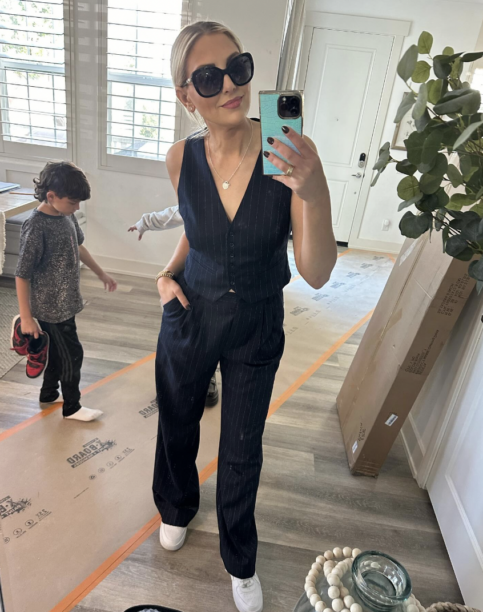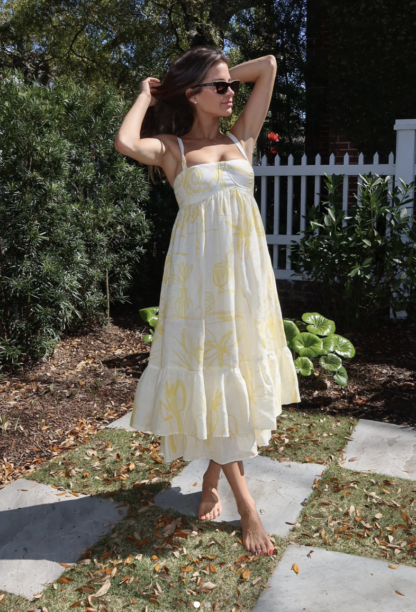Second Home: Partial or Full Ownership?

When thinking of a second home, most people probably think about purchasing a property with only their name (or together with a spouse) on the title and the mortgage. However, there is also the option of partial ownership, where multiple people own the second home together.
Owners can be siblings, parents and their children, other family members, friends, business partners and even people who have no relationship with each other except as co-owners.
Such arrangements frequently occur when individuals cannot afford a second home independently. Yet, even though a co-ownership situation might allow you to buy a second home, these deals tend to be more complicated than full ownership.
Forms of Partial Ownership
There are three main ways in which partial second home ownership can be managed.
- Joint Tenancy
- Tenancy in Common
- Fractional Ownership
Joint Tenancy
In joint tenancy, ownership shares are divided equally regardless of the amount each owner has invested. This means owners are equally entitled to enjoy the property’s benefits and responsibilities, such as mortgage payments and property taxes. Yet, if one owner fails to fulfill the contractual obligations, the other owners must pitch in to fill the gap.
Other characteristics of joint tenancy are:
- Shares cannot be inherited upon death but are instead divided equally among the other owners.
- An owner can sell their share without approval from the others.
- All owners must agree if the overall property is to be sold.
Tenancy in Common
In this arrangement, the amount each owner pays determines the proportion of the property each owns. Therefore, when the home is sold (which requires all owners to agree), proceeds are divided based on each owner’s ownership percentage. Nevertheless, each owner has full rights to use the property.
Also, unlike joint tenancy, tenancy in common shares can be inherited, and all owners must approve any share sales.
Fractional Ownership
Fractional ownership (FO) is a newer type of partial ownership. While the term is sometimes used to describe conventional multi-owner arrangements, organizations like Pacaso and SecondShare have popularized the concept.
These companies buy real estate and then resell shares in the properties. Buying one or more shares entitles the purchaser to a percentage of the ownership, which results in the right to use the property each year for a time equal to that percentage. For example, owning one-fourth of the property gives the owner the right to stay for 90 days per year.
Many people confuse fractional ownership with timeshares. Buying a timeshare only entitles the purchaser to stay at the property at a predefined time each year. In contrast, an FO property is collectively owned by its shareholders, and the shares can be bought and sold as a real estate asset.
Partial Ownership Pros and Cons
The advantages of partial ownership are:
Affordability
Multiple owners can purchase a bigger and better property. In addition, maintenance and other ongoing costs are shared.
Owning an Asset
Both partial and full owners have title to an asset that can be bought and sold.
Efficiency
Full second home ownership means that the property is either vacant or rented out when the owner is not there. Partial ownership can be managed to minimize the time the property is unused.
Disadvantages are:
Second Home Sharing
Partial owners give up some autonomy. For example, they cannot stay in the property whenever they please. They also need to compromise with the other owners in decision-making about the property for such things as interior and exterior maintenance.
Legal Complexities
Partial ownership contracts can be complicated. Owners must hire an attorney experienced in this type of ownership to handle the paperwork.
Mortgage Hassles
Although many lenders finance multiple ownership arrangements, such mortgages are more involved than those for individual borrowers.
Management
Multi-owner second home property management can be problematic since owners must coordinate everything from finances to rules governing the use of the second home. The cost of hiring a property management company with experience in multi-owner properties is usually money well spent.
Time Allocation
Scheduling the time each owner wants to spend on the property can be onerous. Therefore, owners benefit from agreeing on scheduling rules from the beginning. Software is also available to help manage this task.
Partial ownership can be a way to afford a more upscale second home. Knowing the pros and cons of such arrangements can help buyers decide if it’s the right choice.
Let’s Have a Conversation:
Are you looking for a second home arrangement? Have you decided to buy or rent? Would you consider a partial ownership for a second home?
Read More

















































